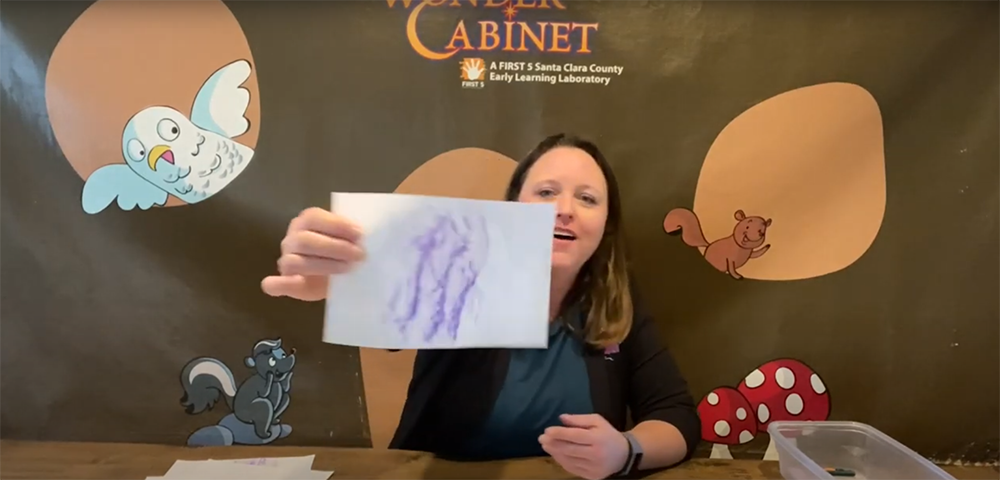
We’re Going on a Texture Hunt!
Go for a walk outside in your neighborhood or at your favorite outdoor spot. As you are walking, look for things with interesting textures. What is texture? It’s the way something feels when you touch it or the way you think something will feel. What kind of textures can you find outside? Bring along some paper and crayons to make rubbings of the textures that you found.
MATERIALS
- Natural and human-made materials found outside
- Multiple pieces of paper – recommended thickness of computer printing paper
- Crayons (with labels removed). Other options: oil pastels or chalk
- Optional: Clipboard or cardboard as big as your paper
- Texture Guide (page 2)
TRY IT!
- Before your texture hunt, gather your paper, crayons, and clipboard (optional).
- Go outside and begin your texture hunt!
- While on your walk look for interesting objects (both natural and human-made) such as rocks, leaves, tree branches, fences, and the sidewalk. What do you think it feels like? When you touch it, what does it actually feel like?
- Make a rubbing to record what you found. Place your paper on top of the object. Rub your crayon lengthwise back and forth over the paper until your object is revealed on the paper.
- Tip: Use a clipboard to provide a hard surface when making rubbings of delicate objects, such as leaves.
- Record more rubbings as you continue on your scavenger walk. Look for a variety of objects with different textures. Use one piece of paper for all of your rubbings or use separate pieces of paper for each one.
- When you are finished with your walk, take a look at your texture rubbings. If you recorded your textures on separate pieces of paper, sort them into different piles for each texture. For example: bumpy or smooth, hard or soft. What other ways can you sort your texture rubbings?
GUIDING QUESTIONS
- How does this _____ feel? Is it bumpy or smooth?
- Can you find something that feels soft? How about something that feels rough?
- Which texture do you like to touch?
LEARNING BEHIND THE PLAY
- Develops hand-eye coordination and fine motor skills.
- Develops early math skills such as sorting and categorizing.
- Develops language skills by building vocabulary.
TAKE IT FURTHER
Make a Texture Composition. Collect objects from home (such as buttons, keys, or flat toys). Encourage your child to choose 3-5 objects and arrange them on a piece of paper. Tape down the objects so that they will stay in place over the objects with another piece of paper, and rub the crayon back and forth over the paper.

